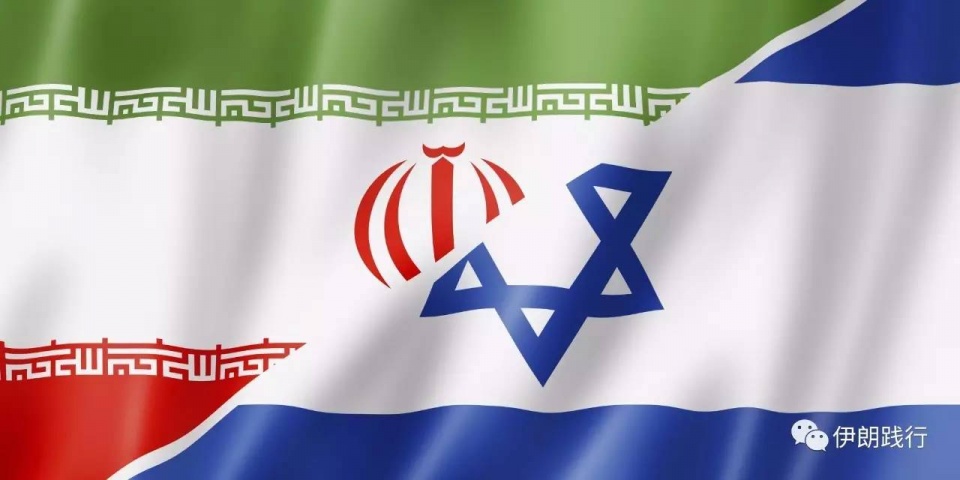From Persia to Iran
August 12, 2017 | Expert Insights

Contemporary relations between Iran and Israel can be described as hostile and embittered. Iran does not even recognize the legitimacy of the state of Israel today. However, this wasn’t always the case.
In fact, much of Israel’s creation can be traced back to a Persian king.
Background
Historically, there are cultural and strategic bonds that tie Persia with Jews that would ideally make Iran and Israel allies rather than enemies.
Over 25 centuries ago, the founder and the ruler of the Persian Empire, Cyrus II freed Jewish people who were imprisoned and enslaved by the Babylonians. He also declared that they could return to their homeland and rebuild their destroyed temples. This is how Jews returned to Jerusalem and started reconstruction of their Temple. Jews and the Jewish faith might not have existed today had it not been for the benevolence shown by the Persian ruler.
The Republic of Iran, seen as a descendant to the Persian Empire continued to be the home of thousands of Jews for centuries thereafter. When the state of Israel was formed, most of the Iranian Jews migrated to Israel. In fact, until 1979, there were 80,000 Jews living in Iran.
The relationship until 1979
During the Holocaust, Iranian diplomats played a key role in saving the lives of thousands of Jews. Abdol Hossein Sardari, who is referred to as the “Schindler of Iran”, personally started issuing Iranian passports to non-Iranian Jews once he recognized the scale of atrocities committed by Nazi Germany.
Even though Iran voted against the partition of Palestine in 1947, it was the second Muslim-majority country to recognize Israel as a sovereign state.
For a period after 1953, the two nations maintained strategically close ties. This was largely due to the pro-Western Mohammad Reza Pahlavi coming into power. After the Six Day War in 1967, when Israel fought Egypt, Jordan and Syria, Iran supplied most of Israel’s oil needs. In 1968, the Iran-Israel pipeline was built. It was through Israel that Iran supplied oil to European countries. Other trade ties were further strengthened during this time.
Hostility since…
After the Iranian revolution in 1979, Ayatollah Khomeini came into power. He did not like Israel’s friendly equation with the previous regime. He declared that Israel was an enemy to Islam. The Iran-Israel pipeline was also abandoned.
However, even during this tense period, the two countries maintained communication even if diplomatic relations were severed. Israel provided logistic support to Iran in the 80s. It sold arms worth $75 million to Iran during the Iran-Iraq war.
What little ties tethered the two regions ultimately broke and soured after the 90s. The two nations started fighting proxy wars against one another during the tenure of Mahmud Ahmedinijiad, the President of Iran from 2005 to 2013. In 2006, reports emerged that Iran had provided aid to Hezbollah fighters (a group that Israel considers a terrorist outfit) during the Lebanon War.
During the Gaza conflict, Israel is said to have carried out three specific airstrikes targeting Iranians. The two nations have since blamed one another for terror attacks, assassination, cyberattacks and more.
In 2017, Mossad chief Yossi Cohen said, "As long as the current regime exists, with the nuclear agreement or without it, Iran will continue to serve as the main threat to Israel's security.”
Assessment
Our assessment is that the genesis of the present conflict is the animosity of Ayotallah Khomeini against the Shah after the Iranian revolution. He just simply disliked what the Shah liked. It is ironic that two nations who shared deep relations for centuries parted away because of the personal preference of one populous leader. The Cold War accentuated the distrust that the two countries had slowly begun to develop.








Submitted by VAdm RN Ganesh… (not verified) on Thu, 08/31/2017 - 20:09
The article is interesting
The article is interesting and a bit of an eye opener on the fact that the hostility between the two countries is of such recent origin. In fact one could say that this animosity has no real cause; which makes it theoretically at least, possible to reverse the present mutual enmity.
Be that as it may, India's efforts are to maintain good relations with both. How successful they will be and what the sticking points are could perhaps be examined.
Submitted by synergia on Sat, 09/07/2019 - 12:57
Thank you for your insight.
Thank you for your insight.